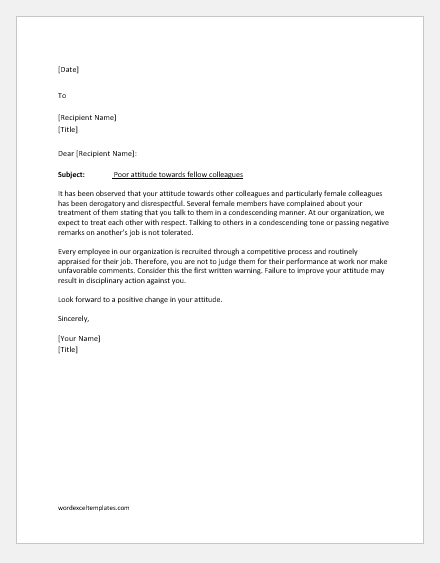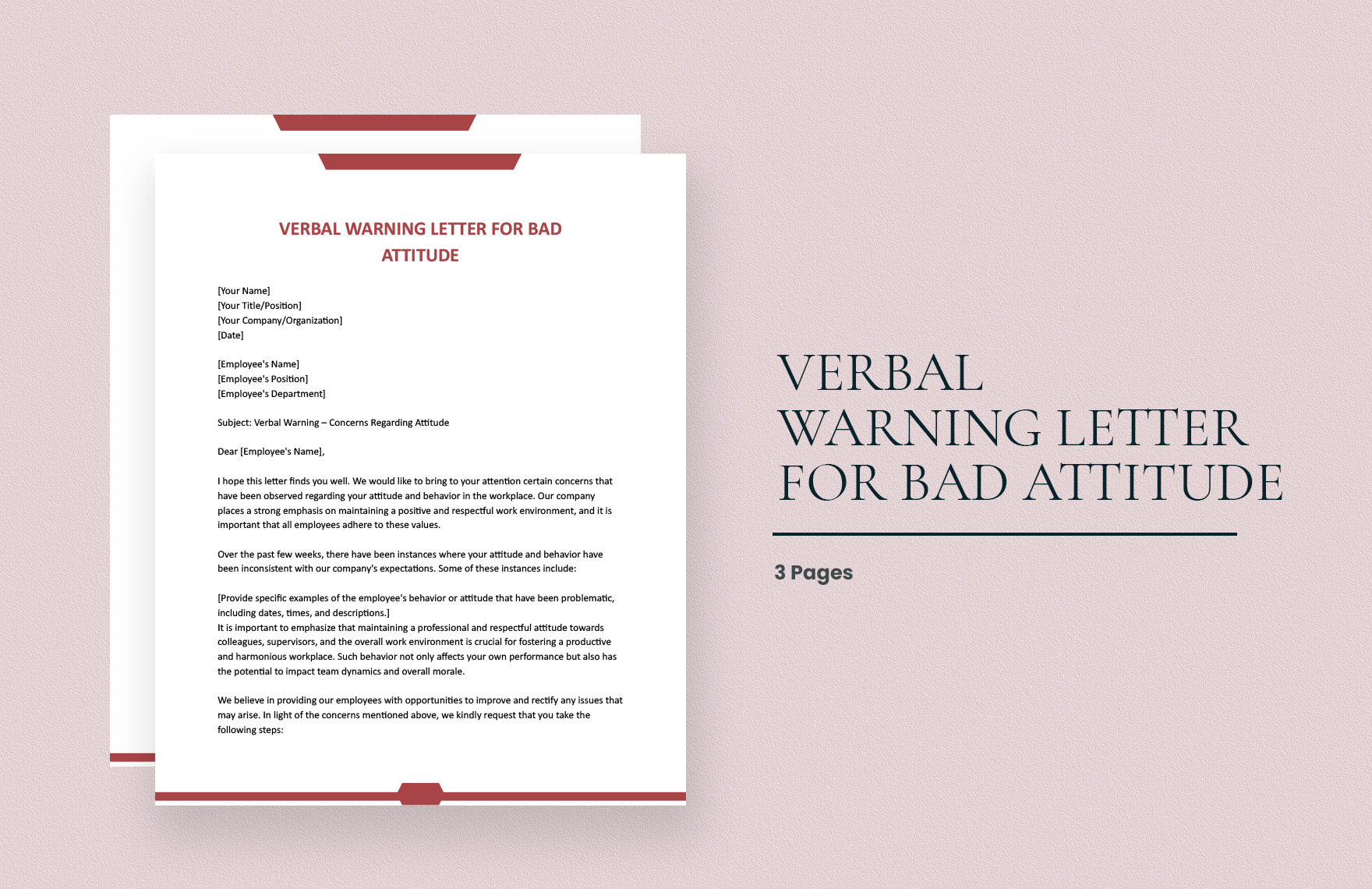How To Write Someone Up For Attitude
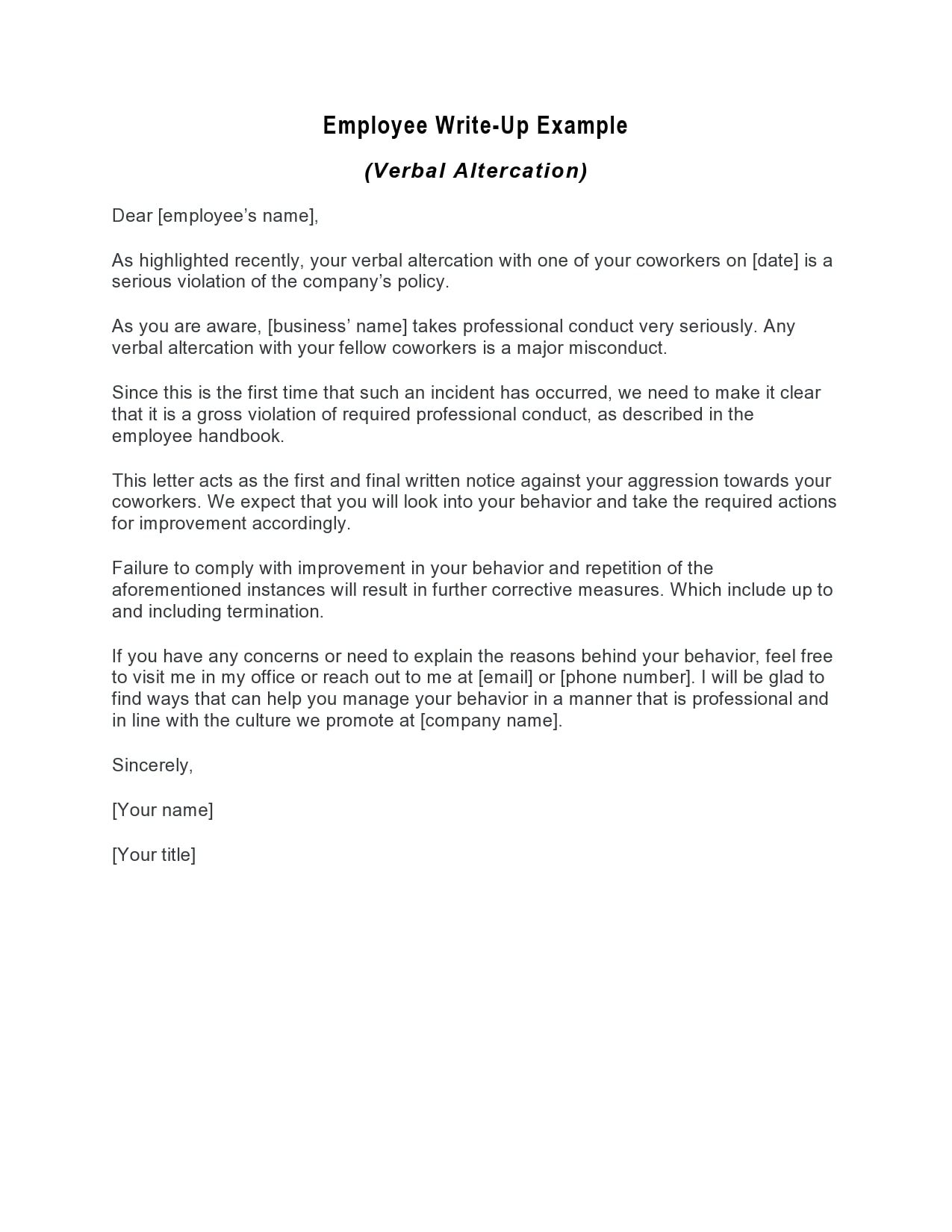
Navigating workplace conduct requires clear communication and consistent application of company policies. Writing up an employee for attitude can be a challenging but necessary process, demanding careful consideration and adherence to established guidelines. The goal is to address unprofessional behavior constructively, fostering improvement rather than simply punishing.
The purpose of a write-up, officially termed a disciplinary action, isn't solely punitive. Rather, it's intended to provide documentation, establish a record of performance issues, and offer an opportunity for improvement. A poorly executed write-up, however, can lead to legal challenges, decreased morale, and a breakdown in employee relations.
Understanding "Attitude" as a Performance Issue
Before initiating a write-up, it’s crucial to define what constitutes an unacceptable attitude in the workplace. This isn't about penalizing someone for simply having a bad day. Instead, it's focused on consistently disruptive or unprofessional behaviors.
Examples include persistent negativity, insubordination, disrespectful communication, or creating a hostile work environment for others. Many HR professionals recommend having specific examples of these issues when writing up an employee. Concrete evidence is essential.
The Write-Up Process: A Step-by-Step Guide
The write-up process typically involves several key steps, designed to ensure fairness and legal compliance. The initial step is documentation. This means recording specific instances of the problematic behavior, including dates, times, locations, and witnesses.
Next comes the meeting. The employee should be informed of the issue and given an opportunity to respond. It’s imperative to remain calm and objective throughout the conversation, focusing on the documented behaviors, not personal judgments.
The written documentation should include the following: The employee's name, date, and position. A detailed description of the specific incidents or behaviors of concern. Referencing company policy that has been violated is critical.
Also include the expected standard of conduct. The consequences of continued unacceptable behavior. Lastly, signatures from both the manager and the employee.
Key Considerations for Effective Write-Ups
Consistency is paramount. All employees should be held to the same standards of conduct. Applying disciplinary actions unevenly can lead to claims of discrimination.
Objectivity is also vital. Focus on observable behaviors rather than subjective interpretations. Avoid making assumptions about the employee's motivations.
Furthermore, provide opportunities for improvement. This could include training, coaching, or mentoring. Demonstrating a commitment to helping the employee succeed mitigates potential legal risks.
Potential Legal Ramifications
Improperly handled write-ups can expose employers to legal risks. These risks can include claims of wrongful termination, discrimination, or retaliation. Clear and objective documentation can protect the company.
Consult with HR and legal counsel before issuing any disciplinary action, especially if the situation is complex. Seeking professional guidance ensures compliance with labor laws and company policies.
Consider this example: An employee, let's call him John Doe, consistently makes disparaging remarks about his colleagues. His manager documents these instances over a two-week period and then meets with John to discuss the problem, clearly stating the expectation of respectful communication. If John's behavior continues, a formal write-up is issued, outlining the previous conversation and the potential consequences of further violations.
The Broader Impact on Workplace Culture
Addressing attitude issues effectively can positively impact overall workplace culture. When disruptive behaviors are addressed promptly, it sends a clear message that such conduct is unacceptable. This fosters a more professional and respectful environment.
Conversely, ignoring negative attitudes can allow them to spread, undermining morale and productivity. Prompt and fair intervention is crucial for maintaining a healthy and productive work environment.
Remember, the goal of writing up an employee for attitude is not to punish. It's to correct behavior, improve performance, and uphold the standards of a professional workplace. By following established guidelines, maintaining objectivity, and offering opportunities for improvement, managers can navigate this challenging process effectively and fairly.


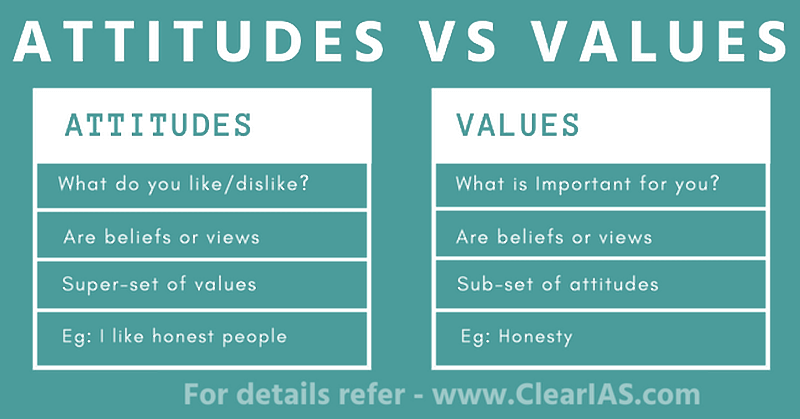
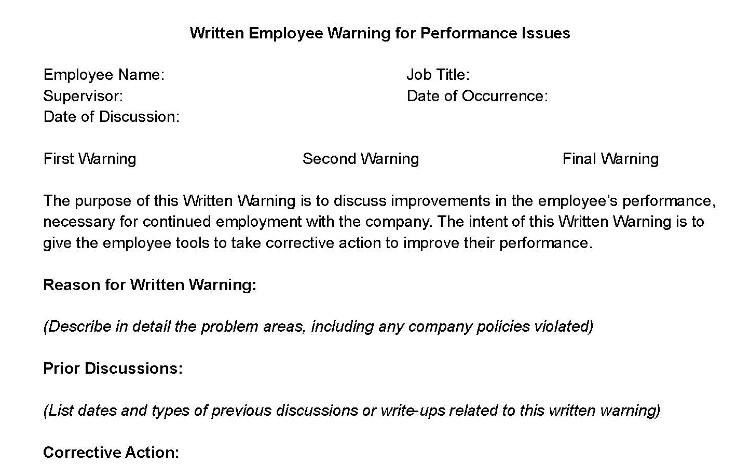
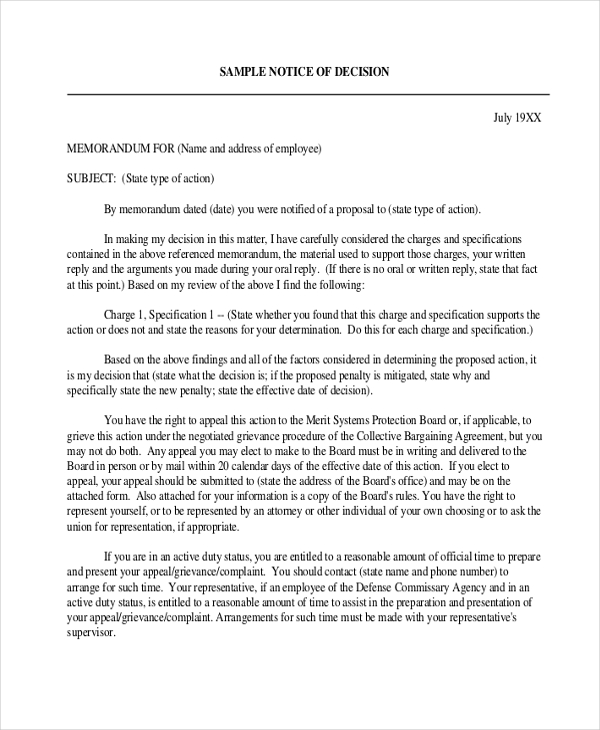

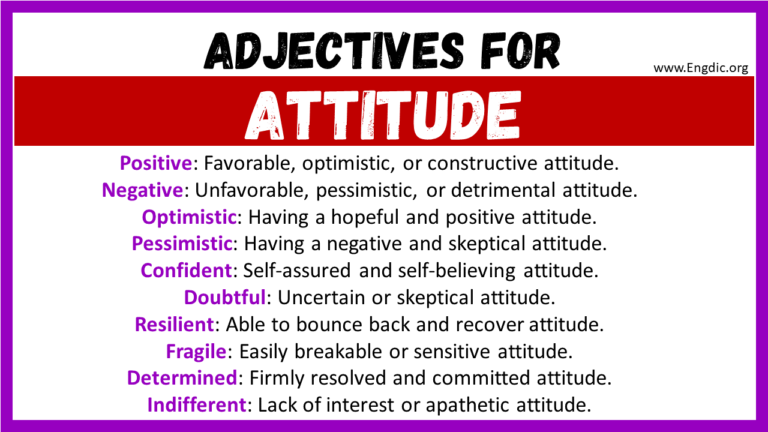

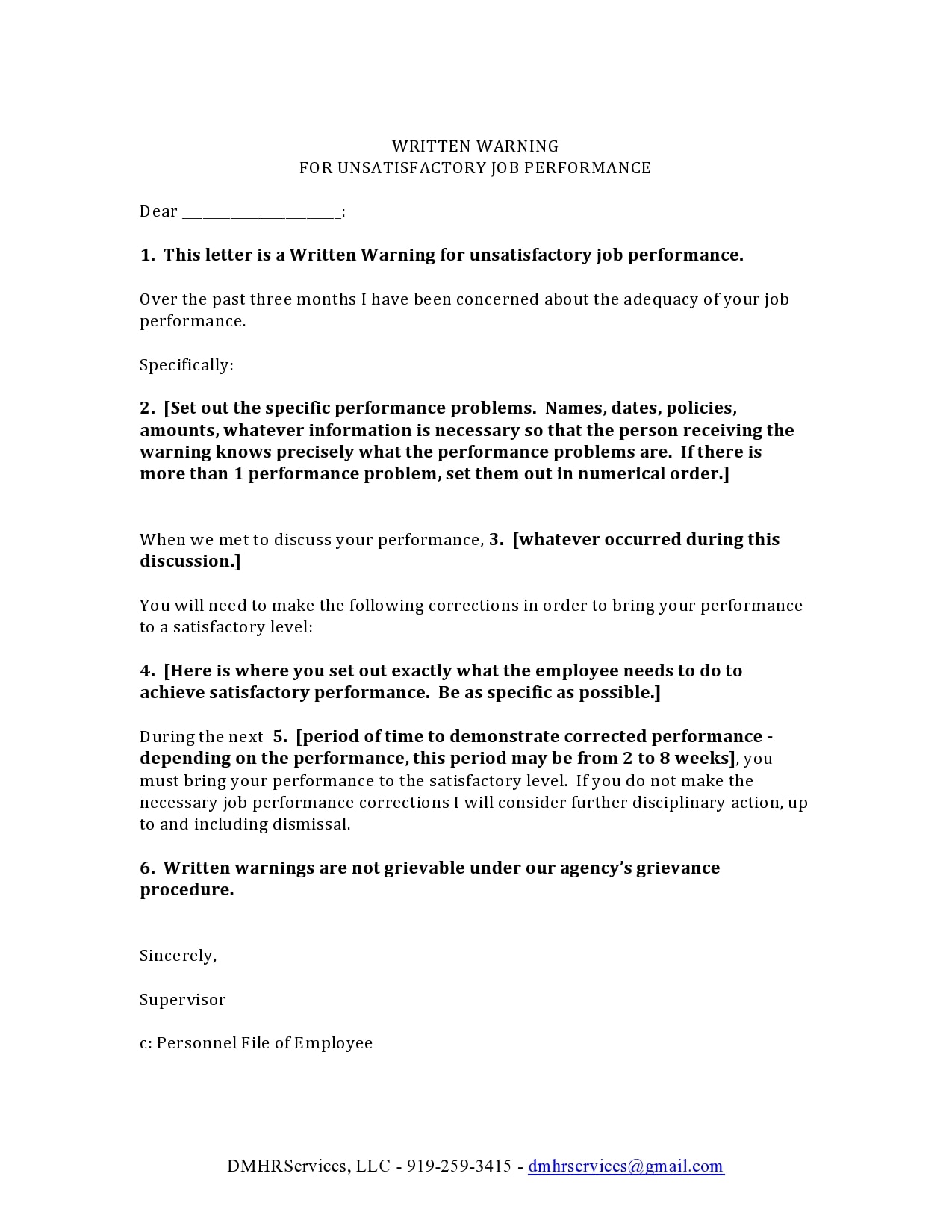


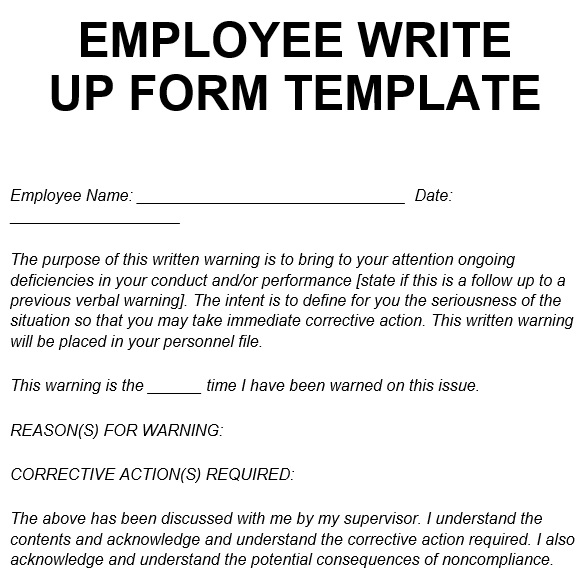
![How To Write Someone Up For Attitude Free Printable Employee Write Up Form Templates [Word] Example](https://www.typecalendar.com/wp-content/uploads/2023/05/employee-write-up-form-pdf-free.jpg?gid=159)
